What once looked like progress now lights up the night sky.
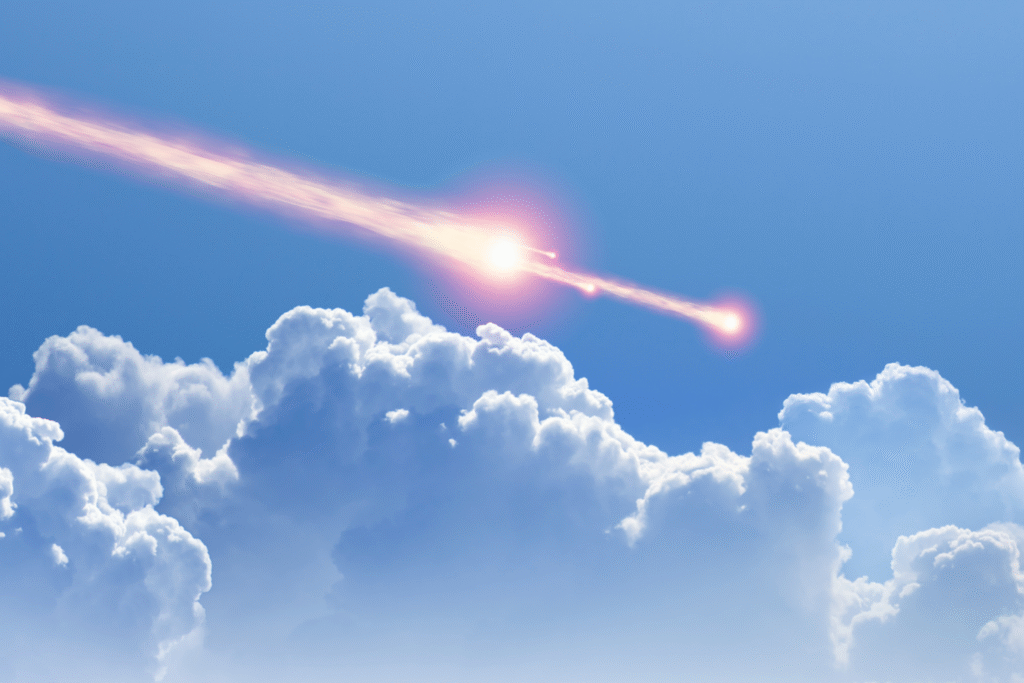
Across the United States, streaks of glowing debris have begun tracing eerie arcs through the darkness. They’re not meteors, and they’re not fireworks. They’re Starlink satellites, burning up on reentry. For months, scientists and pilots have reported an uptick in these fiery returns, visible over the Midwest, the Pacific, and even the Atlantic corridor. The FAA is no longer shrugging it off. In a recent assessment, officials warned that the growing number of satellites returning uncontrolled to Earth poses escalating risks to aviation safety and the people living beneath those flight paths.
1. Starlink changed space faster than anyone expected.
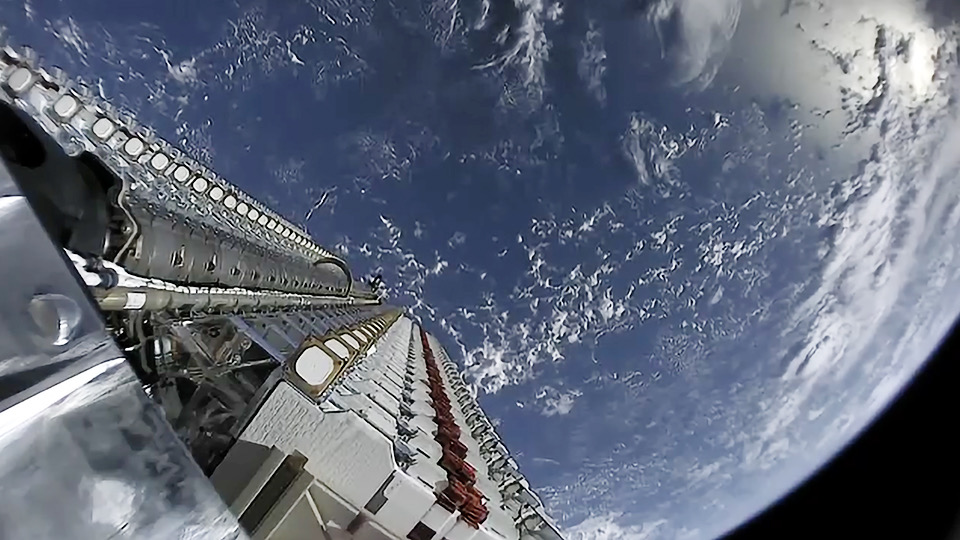
When SpaceX launched the first 60 Starlink satellites in 2019, it promised global internet access and low-cost connectivity. By 2025, the constellation had exploded to more than 6,000 operational satellites, with plans to reach 12,000 within just a few years. According to the Union of Concerned Scientists, Starlink now represents over half of all active satellites orbiting Earth. The speed of that expansion has outpaced regulation and reshaped the very structure of low-Earth orbit, setting the stage for what aviation experts are calling a “collision between progress and precaution.”
2. Fireballs have become a regular American spectacle.
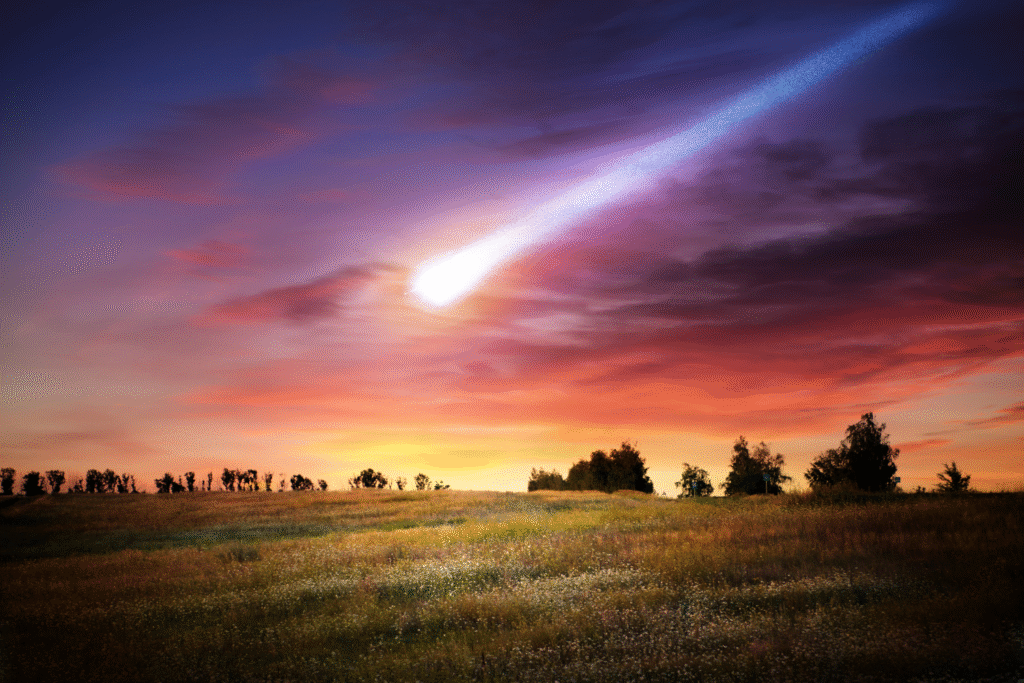
In January 2025, residents across the Midwest watched a satellite blaze across the sky, one of several Starlink units deorbiting that week. NASA’s Meteor Watch confirmed that the object was part of a batch deliberately deorbited after solar activity shortened their orbits. Social media filled with videos of the glowing streaks, but for aviation regulators, the sight was no novelty. Each reentry that bright now signals that large hardware is burning close enough for pilots, and even commercial flights, to report near-synchronous sightings. That’s no longer rare, and that’s the FAA’s growing problem.
3. The FAA’s risk models paint a sobering picture.
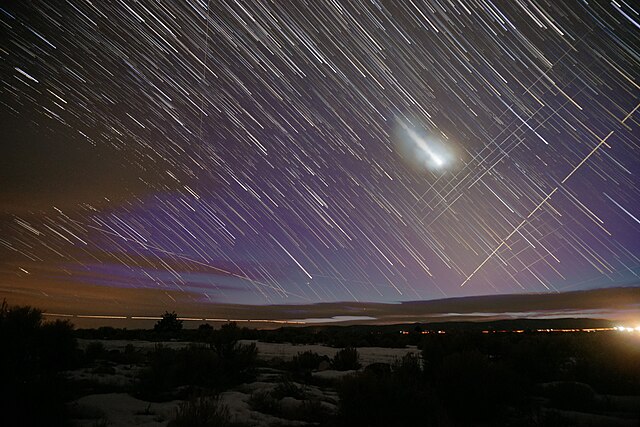
In a 2024 analysis prepared with The Aerospace Corporation, the FAA estimated that by the 2030s, reentering satellites could cause one casualty globally every two years if megaconstellations continue to expand. The study warned that the cumulative debris risk to aircraft, though still small, is steadily rising as launch volume increases. As stated by the report, Starlink satellites account for roughly 85 percent of total projected reentries. Those figures, while technical, frame a simple truth: when thousands of satellites eventually fall, even statistically rare outcomes start to look inevitable.
4. SpaceX insists the skies are safe.
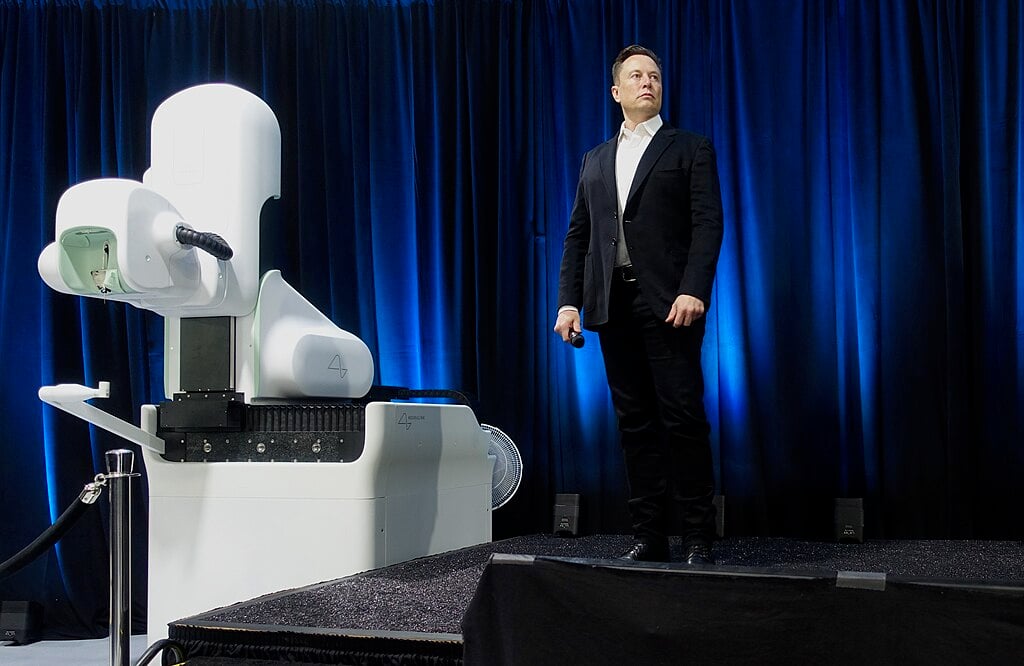
Elon Musk’s company strongly disputes the FAA’s findings, claiming that its satellites are engineered to vaporize entirely before reaching lower atmosphere. In statements to regulators, SpaceX argued that the FAA’s analysis uses outdated decay models and ignores improved material design. Still, the disagreement doesn’t erase the frequency of visible reentries. For the public, every glowing arc looks the same, an uncontrolled descent from orbit, and that perception gap between regulators and operators is widening as more satellites meet their fiery end.
5. Solar storms have made everything worse.
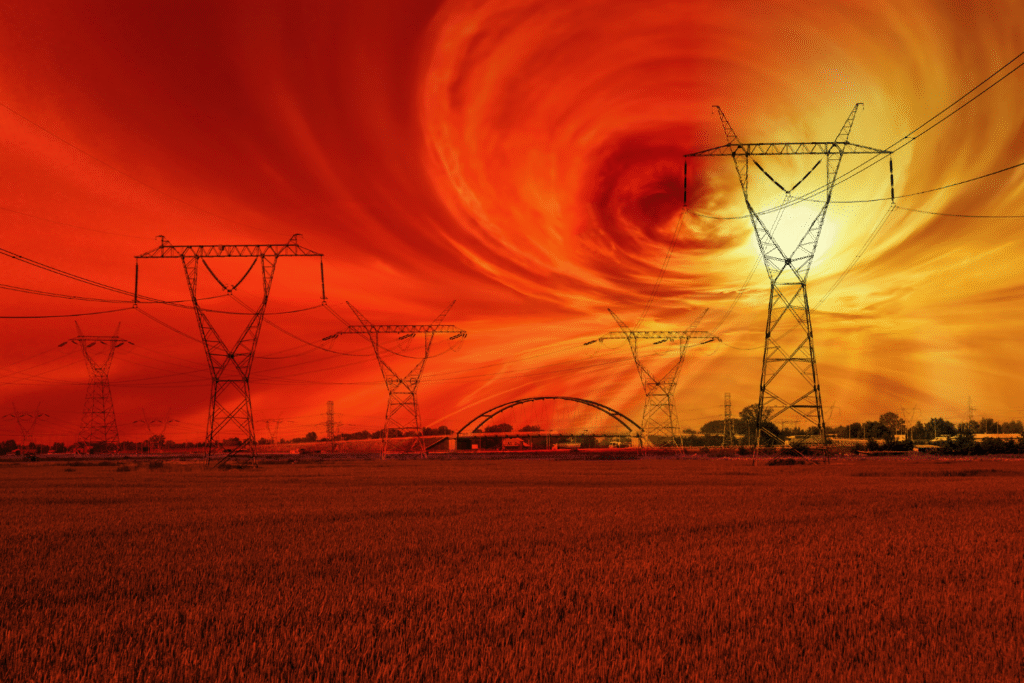
The sun is extra active right now, and that’s causing trouble in space. When solar storms hit Earth’s atmosphere, they make it puff up and create more drag on satellites. That drag slows them down and pulls them out of orbit sooner than expected. In 2024, one powerful solar storm caused about forty brand-new Starlink satellites to fall back to Earth before they could even begin working. Scientists say this could happen again as the solar cycle peaks. In simple terms, the sun is making space a lot less predictable.
6. Tracking the descent isn’t easy anymore.
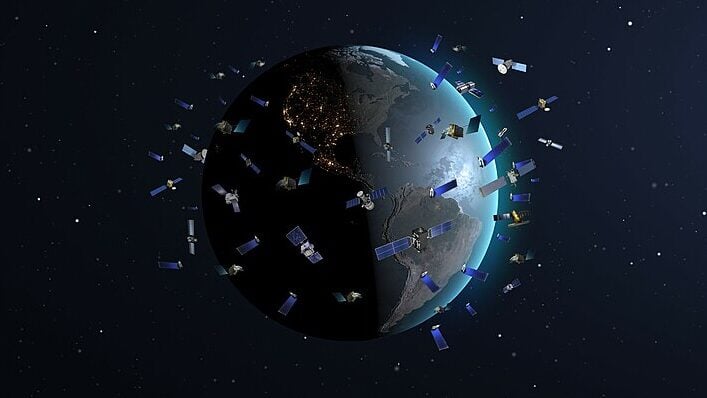
Space Command monitors tens of thousands of orbiting objects, but the number grows daily. Predicting where and when a satellite will fall can shift by hundreds of miles in a single update. The FAA depends on this information to alert airlines about potential hazards. But delays in satellite tracking data often leave little reaction time. Each additional constellation, from Amazon’s Kuiper to OneWeb, adds another layer of complexity. It’s not science fiction anymore—it’s air traffic management on a cosmic scale.
7. Pilots are reporting what used to be impossible.
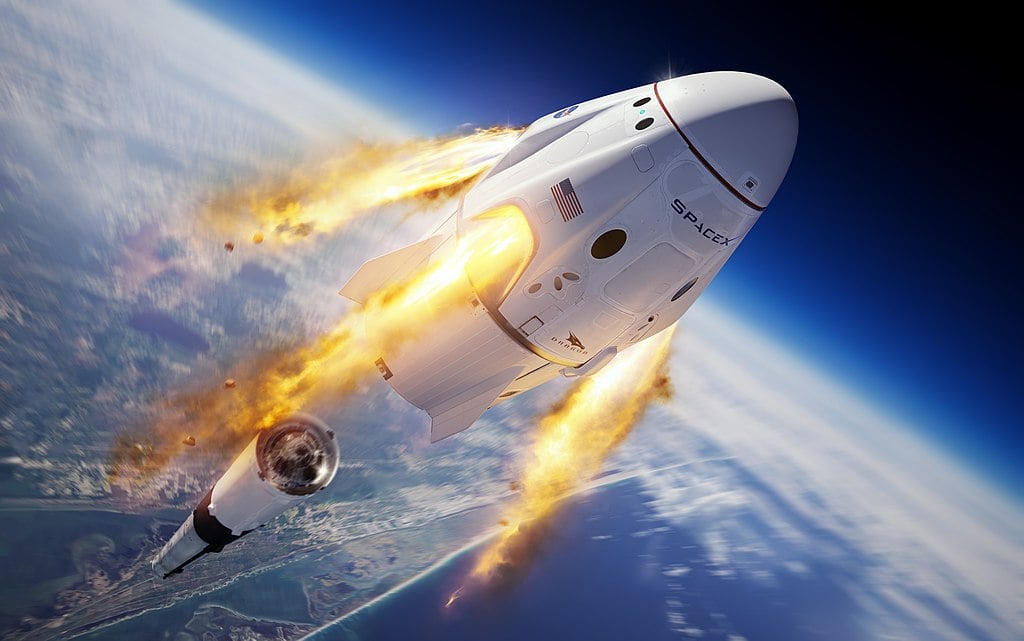
Commercial crews have begun documenting bright trails and falling debris from the cockpit, some captured on flight recorders. In most cases, there’s no danger, but the psychological jolt is real. Seeing something burn through the stratosphere ahead of your aircraft, even miles away, makes the risk feel less abstract. The FAA’s aviation safety branch has urged airlines to log these sightings for pattern tracking, acknowledging that awareness itself is becoming part of modern flight training.
8. Falling satellites don’t always burn clean.
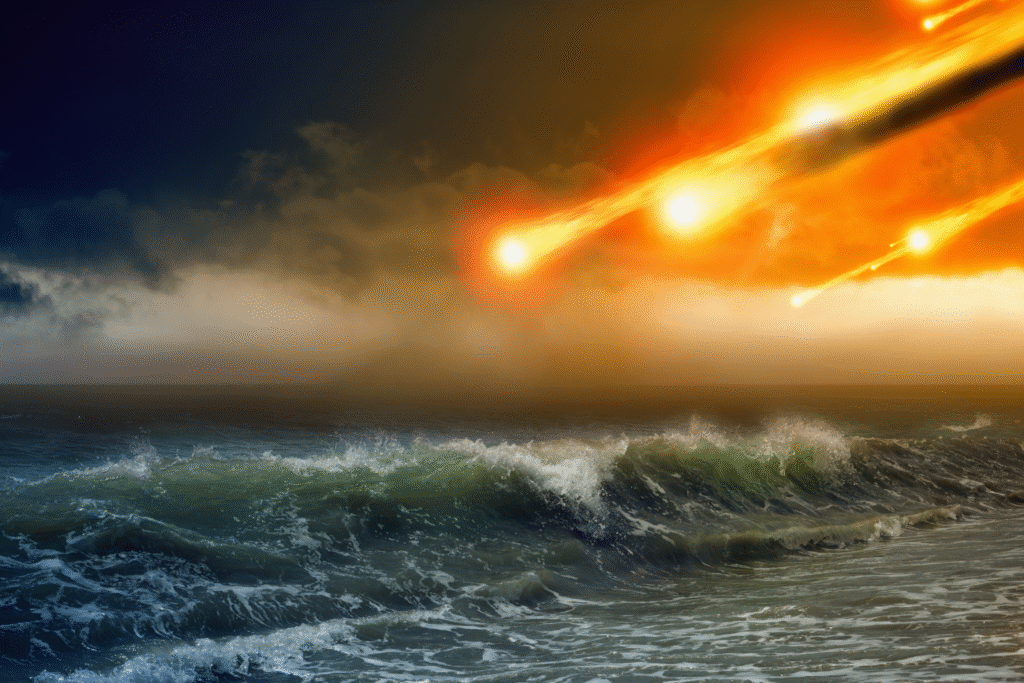
Researchers are increasingly worried about what’s left behind. Studies published in Frontiers in Astronomy and Space Sciences have found that reentering satellites release aluminum oxides and trace metals into the upper atmosphere. Those particles can affect cloud chemistry and, potentially, ozone formation. Scientists aren’t panicking yet, but they are measuring and finding more than expected. The bright spectacle of Starlink fireballs, they say, comes with a chemical footprint we’re only starting to understand.
9. Regulation hasn’t caught up to orbit’s new reality.
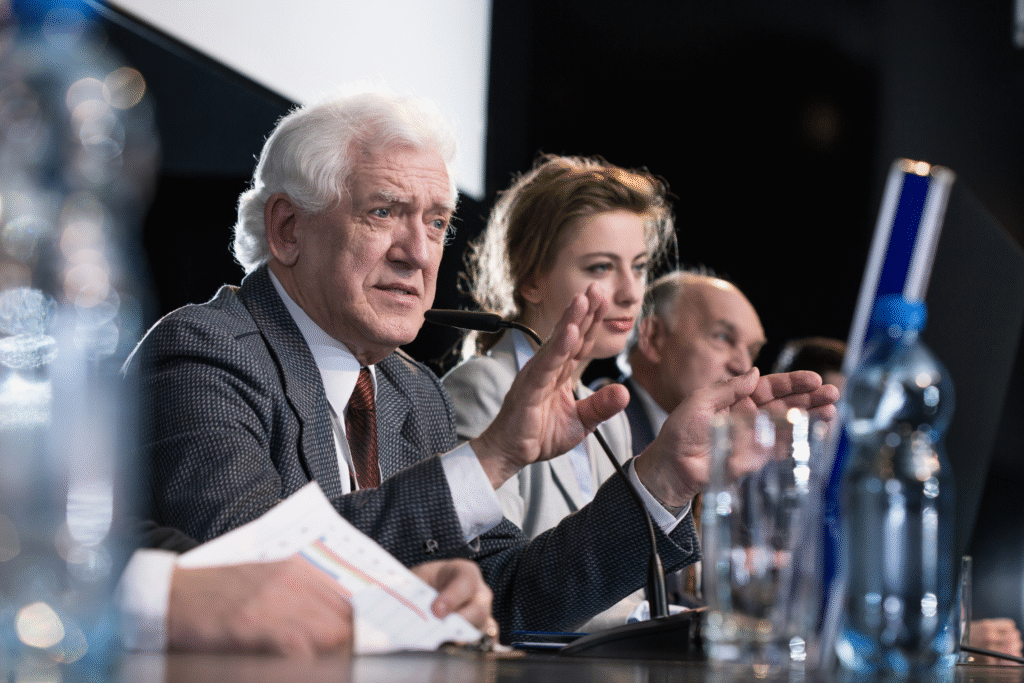
International space law still treats reentries as rare events. Liability treaties date to the 1970s, when Earth had fewer than 2,000 satellites in total. Today, that number is over 10,000 and rising fast. The FAA’s warnings are as much about governance as danger. There’s no consistent global rule for how to deorbit safely, nor clear accountability when debris survives reentry. Space is crowded, and Earth’s atmosphere is becoming the next contested airspace.
10. The night sky tells a story of progress and consequence.
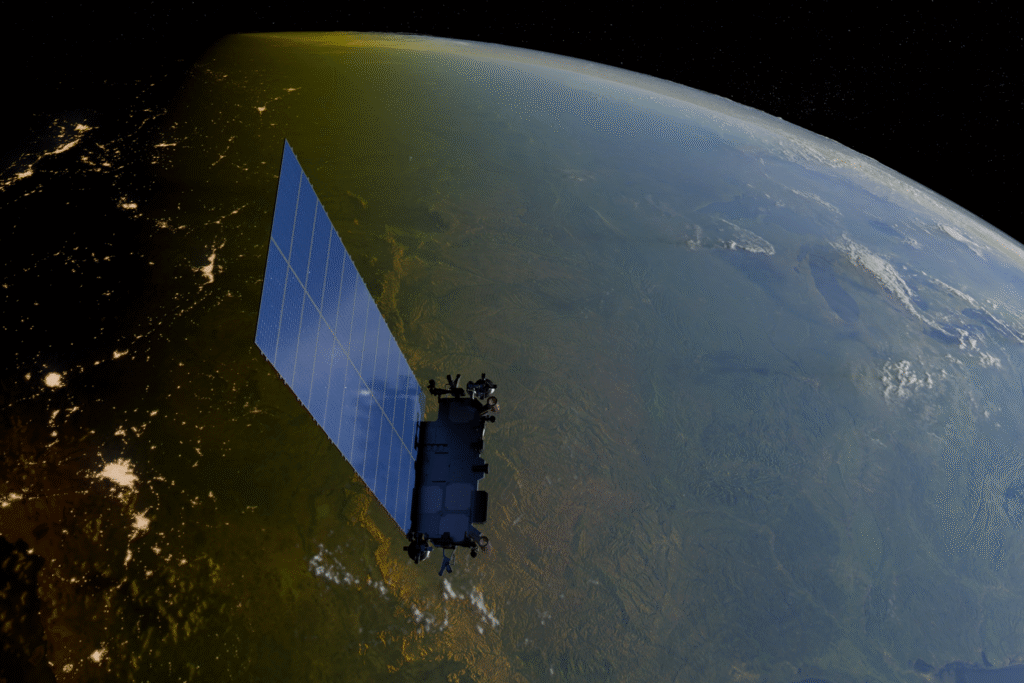
The glow of a Starlink reentry is breathtaking, but it’s also a symbol of how quickly human ambition fills every frontier. For now, the odds of disaster remain slim, yet the FAA’s caution isn’t misplaced. The sky is busier than it’s ever been, and each falling satellite adds another flicker of uncertainty to that vast dark canvas. Somewhere between innovation and oversight, America is watching its own technology come home in flames.
